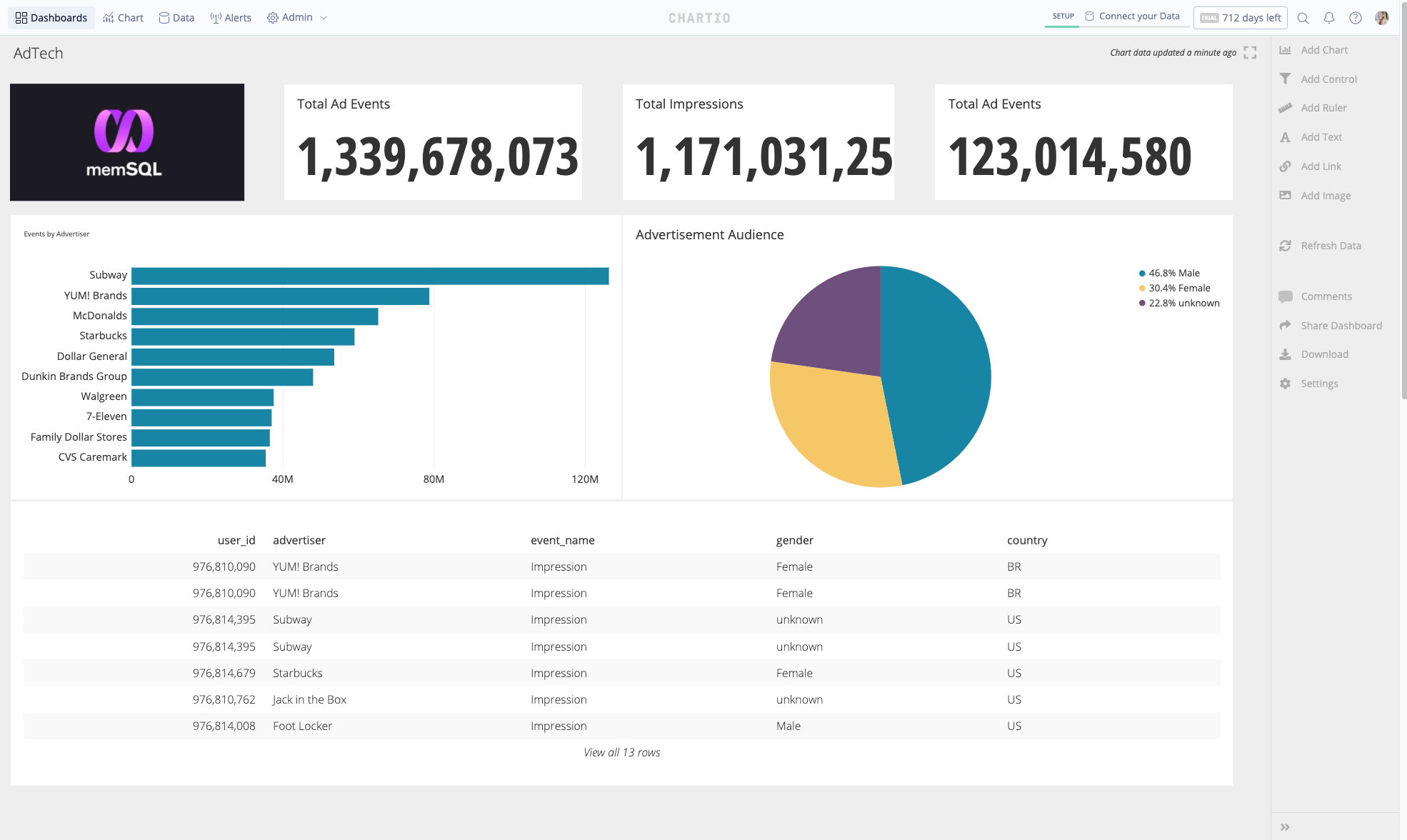The Performable CEO Talks Dashboards
Posted by on May 19, 2011 Expert,
Discussion
David Beyer - CEO @ Chartio David Cancel - CEO @ Performable (now HubSpot) and founded Ghostery and Compete.
David is a very successful serial entrepreneur who runs a great blog at www.davidcancel.com. Besides sharing his name, we both share a passion for data and analytics. Below is a short conversation we had recently over email.
What’s the right ratio of qualitative versus quantitative data in customer development and how does that change over the lifetime of a startup? Are there in your opinion certain verticals where quantitative data plays a bigger role?
In general (dangerous!) I think quantitive data is plays a bigger role in the customer development of b2c companies, and qualitative in the customer development phase of b2b companies. The reason for this is the sample size of the customer bases for each. I think the right ratio depends on the startup, the market & the product.
In your experience, how should startups go about doing a cohort analysis? When should they start it?
I think they should use excel to start. I would recommend starting once your have more than 1 month of customer activity data. If your app is web-based I would just start to look at return visitors & activity by registration date.
You mention that data visualization is a waste of time. Can you explain that a bit more? Do you mean that charting your key numbers (if they are in rows and columns in a db or wherever they may be) isn’t helpful?
Most data geeks like me like to waste a disproportionate amount of time playing with data visualization tools when they should be out in front of their customers. I’ve seen very, very few times in my life where that investment was worthwhile in the early days of a startup. I advocate spending as little time as possible building data visualization tools in the first year of your business.
At Performable, what kind of operating dashboard do you guys use?
We use our own product of course. ;-) We also have other role specific dashboards that link into Salesforce, etc. Beyond our own product we spend little time outside of Excel/Google Spreadsheets.


